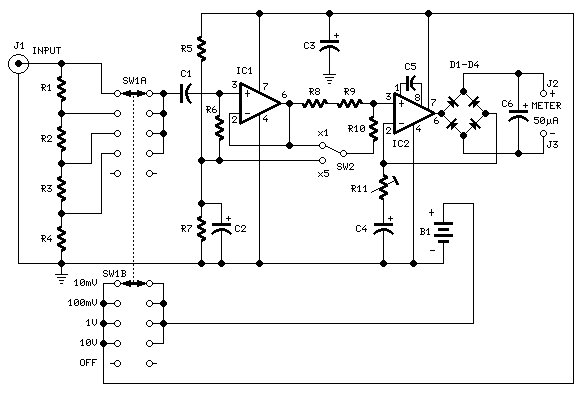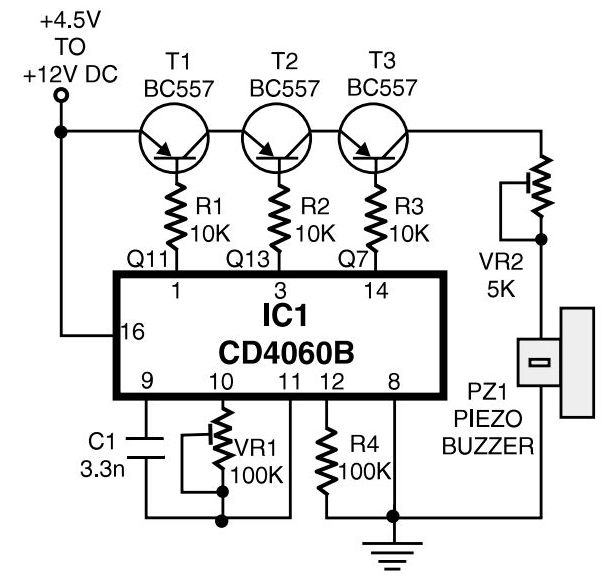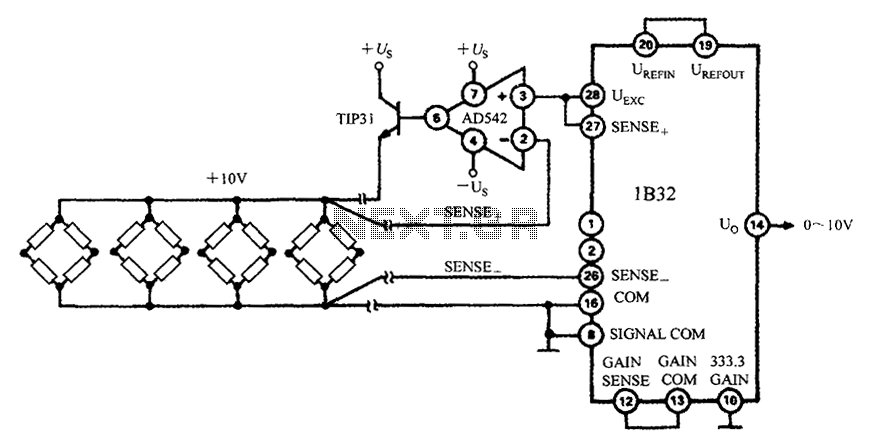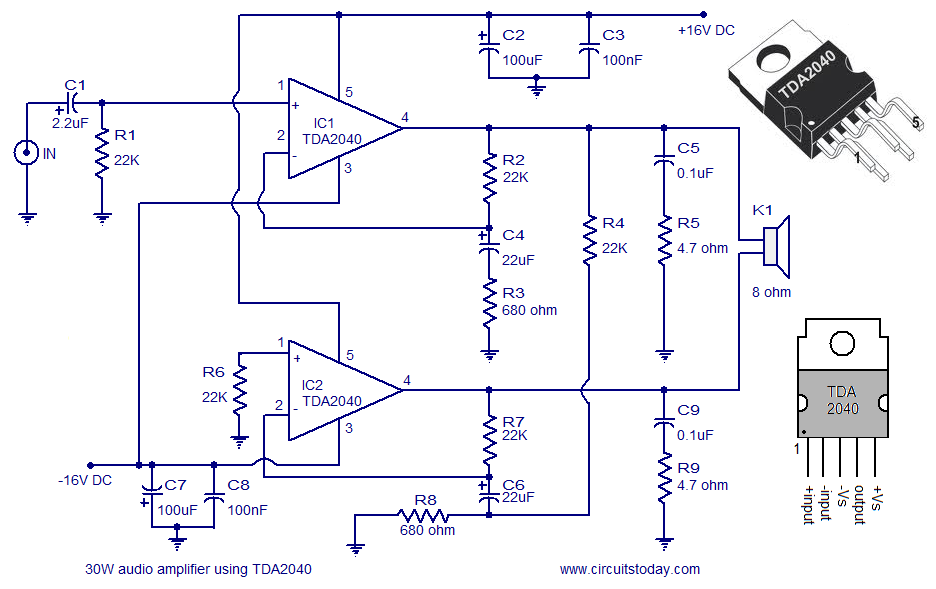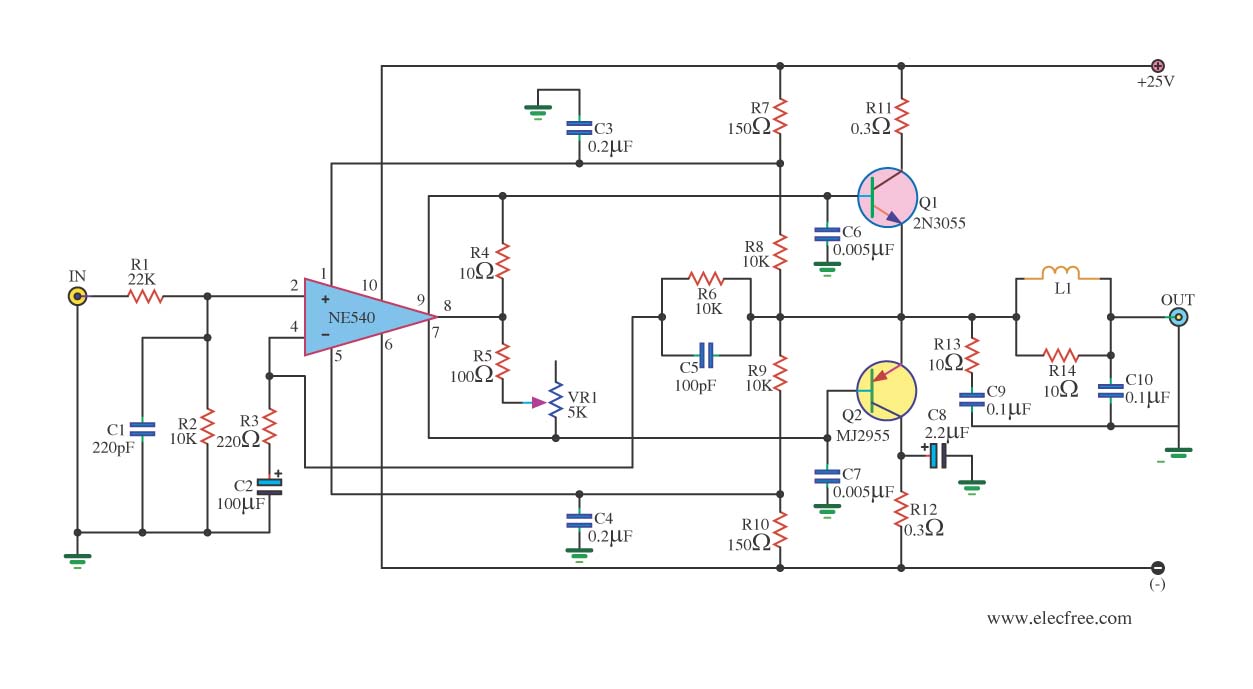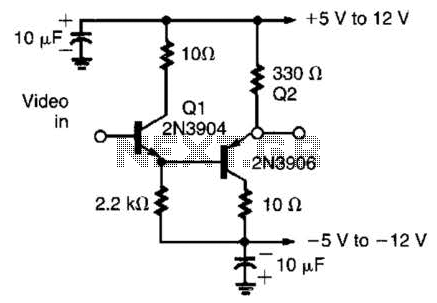
Low energy consumption audio signal generator
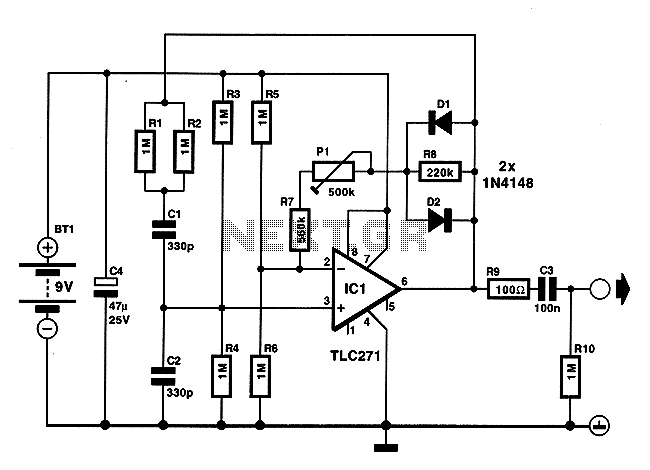
On occasions when it is necessary to determine if an amplifier is functioning, the most effective tool is an acoustic signal source with a frequency around 1 kHz. The specifications can be considered flexible, as rapid tests typically do not assess the quality of the amplifier; the primary goal is to confirm that it operates. Consequently, the distortion of the generator is a secondary concern, giving way to a more significant parameter: power consumption. The circuit design discussed below is intended to meet these requirements. With the costs of standard materials indicated in the chart, it produces an audible frequency of 899 Hz, with a 1 Vrms output level while maintaining a power consumption of 20 mA. Theoretical analysis suggests that this minimal power consumption allows for 25,000 hours of operation when powered by a 9 V battery. From a manufacturing perspective, the circuit utilizes a TLC271 operational amplifier (IC 1), which controls a standard Wien bridge oscillator. The oscillation frequency is determined by capacitors C1 and C2 and resistors R1 through R4. The two inputs of the operational amplifier are biased to half the supply voltage through a voltage divider formed by A3, A4, A5, and resistor R6. The latter two resistors are also part of the feedback loop. The gain factor is set by the adjustment of potentiometer P1 on connector X3. Diodes D1 and D2 are used to limit the amplitude of the output signal. However, due to the non-linear characteristics of the diodes, it is evident that the output signal will be distorted. When the generator outputs 1 Vrms, the distortion is approximately 10%. It is emphasized that this level of distortion is not critical for quickly testing an amplifier. If a distortion level of 10% is deemed excessive, connecting pin 8 of the integrated circuit to ground will significantly reduce distortion to 0.7% (with proper adjustments), although this will increase power consumption to 640 mA. If a parametric analyzer is not available for calibration, it is advisable to fine-tune the generator output voltage to achieve 1 Vrms. Given the already high distortion levels of the generator, there is no need to use complex capacitors in place of C1 and C2; standard, inexpensive ceramic capacitors are recommended.
The described circuit serves as a simple yet effective oscillator for testing amplifiers, particularly in situations where speed is essential and precision is less critical. The Wien bridge oscillator configuration is well-suited for producing a stable sine wave at the desired frequency. The use of an operational amplifier such as the TLC271 allows for a compact design with minimal external components. The voltage divider arrangement ensures that the operational amplifier operates at optimal biasing conditions, facilitating consistent performance.
The choice of diodes for output signal limitation is crucial, as it helps protect the connected amplifier from potential damage due to excessive voltage levels. The noted distortion, while higher than ideal, remains acceptable for basic testing scenarios, where the primary focus is on functional verification rather than audio fidelity. The incorporation of a potentiometer for gain adjustment further enhances the circuit's versatility, allowing users to tailor the output level to suit various amplifier sensitivities.
In summary, this circuit provides a practical solution for quick amplifier testing, balancing simplicity, cost-effectiveness, and functionality. Its design is particularly advantageous for hobbyists and professionals who require a reliable method for ensuring amplifier operation without the need for intricate setups or high-precision instruments.On those occasions when we want to see if an amp works, the best tool we can use is a source of acoustic signal with a frequency around the 1 kHz. These characteristics can be merely 'tolerated', because in cases of rapid tests rarely consider whether the amplifier is quality.
We need only find that it works So, the deformation of the generator is a parameter without irrelevant, giving way to another more important: consumption. The design of the circuit discussed below has been done so that the generator is to fulfill the above requirements.
With prices of (ordinary) materials listed in the chart, it produces audible frequency 899 Hz, with 1 Vrms output level and all retaining its consumption to 20 mA. From a theoretical viewpoint, this minimum absorption power of self-reliance allows 25,000 hours (!) when powered by a battery of 9 V.
From manufacturing point of view, the circuit is based on an operator type TLC271 (IC 1), which in turn controls a typical bridge Wien. The oscillation frequency is defined by C 1, C2 and R 1-R4. The two inputs of an operational kept in force equal to half the supply voltage through the divider formed from A3, A4 and A5, R6.
The latter two resistors is also part of the panel feedback. The gain factor is defined by the grade of P1 on the X3. The diodes 1 and 02 are intended to limit amplitude of the output signal. However, since the characteristic curve is anything but linear, it can be considered is obvious that the signal will be highlighted in the output of step will be distorted. When the generator output 1 Vrms, the value of deformation is about 10%. We reiterate that this course has absolutely no importance to quickly control the amplifier. If however 10% seems too large, you have to join the pin 8 of integrated earth. Such a move would drastically reduce the deformation of 0.7% (with proper settings), but will increase while consumption at 640 Ma.
If for setting you can not use paramorfosimetro, sure to fine tune the output voltage. generator to 1 Vrms. Since the deformation of the generator is high anyway, there is no reason to use in place of C 1 and C2 capacitors sophisticated. Prefer therefore, ordinary (and cheap) ceramic. 🔗 External reference
The described circuit serves as a simple yet effective oscillator for testing amplifiers, particularly in situations where speed is essential and precision is less critical. The Wien bridge oscillator configuration is well-suited for producing a stable sine wave at the desired frequency. The use of an operational amplifier such as the TLC271 allows for a compact design with minimal external components. The voltage divider arrangement ensures that the operational amplifier operates at optimal biasing conditions, facilitating consistent performance.
The choice of diodes for output signal limitation is crucial, as it helps protect the connected amplifier from potential damage due to excessive voltage levels. The noted distortion, while higher than ideal, remains acceptable for basic testing scenarios, where the primary focus is on functional verification rather than audio fidelity. The incorporation of a potentiometer for gain adjustment further enhances the circuit's versatility, allowing users to tailor the output level to suit various amplifier sensitivities.
In summary, this circuit provides a practical solution for quick amplifier testing, balancing simplicity, cost-effectiveness, and functionality. Its design is particularly advantageous for hobbyists and professionals who require a reliable method for ensuring amplifier operation without the need for intricate setups or high-precision instruments.On those occasions when we want to see if an amp works, the best tool we can use is a source of acoustic signal with a frequency around the 1 kHz. These characteristics can be merely 'tolerated', because in cases of rapid tests rarely consider whether the amplifier is quality.
We need only find that it works So, the deformation of the generator is a parameter without irrelevant, giving way to another more important: consumption. The design of the circuit discussed below has been done so that the generator is to fulfill the above requirements.
With prices of (ordinary) materials listed in the chart, it produces audible frequency 899 Hz, with 1 Vrms output level and all retaining its consumption to 20 mA. From a theoretical viewpoint, this minimum absorption power of self-reliance allows 25,000 hours (!) when powered by a battery of 9 V.
From manufacturing point of view, the circuit is based on an operator type TLC271 (IC 1), which in turn controls a typical bridge Wien. The oscillation frequency is defined by C 1, C2 and R 1-R4. The two inputs of an operational kept in force equal to half the supply voltage through the divider formed from A3, A4 and A5, R6.
The latter two resistors is also part of the panel feedback. The gain factor is defined by the grade of P1 on the X3. The diodes 1 and 02 are intended to limit amplitude of the output signal. However, since the characteristic curve is anything but linear, it can be considered is obvious that the signal will be highlighted in the output of step will be distorted. When the generator output 1 Vrms, the value of deformation is about 10%. We reiterate that this course has absolutely no importance to quickly control the amplifier. If however 10% seems too large, you have to join the pin 8 of integrated earth. Such a move would drastically reduce the deformation of 0.7% (with proper settings), but will increase while consumption at 640 Ma.
If for setting you can not use paramorfosimetro, sure to fine tune the output voltage. generator to 1 Vrms. Since the deformation of the generator is high anyway, there is no reason to use in place of C 1 and C2 capacitors sophisticated. Prefer therefore, ordinary (and cheap) ceramic. 🔗 External reference
